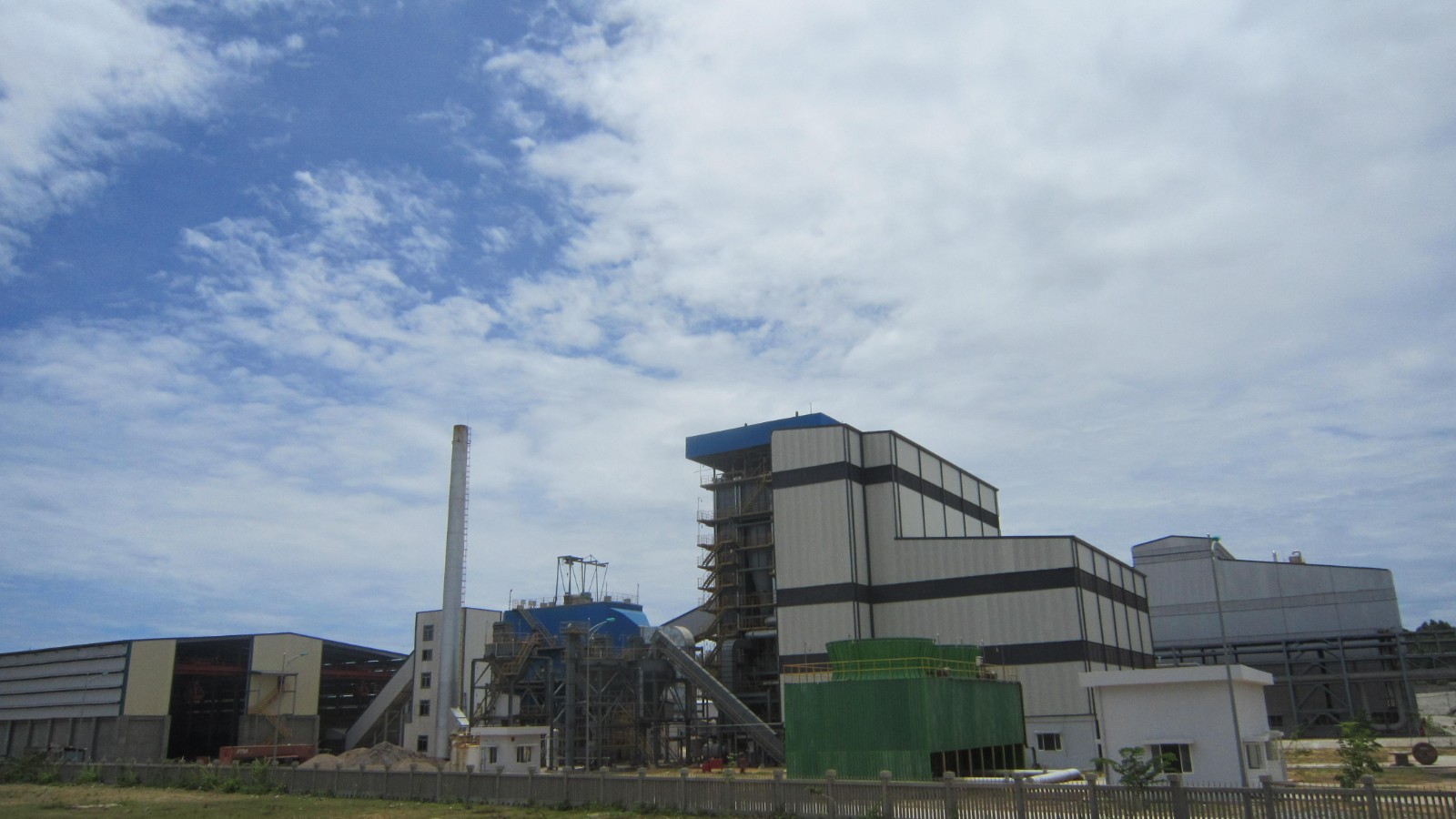
+86 18660102967 +86 18615518078
info@runh.com
With the world moving to become energy efficient and cut emissions, traditional sources like coal remain at the top of the list in the developing economies. A coal-fired power plant remains one of the most prevalent means of generating electricity. However, to address present environmental as well as operational requirements, innovation with core items like coal-fired power plant high-efficiency boilers and coal-fired power plant boiler pressure systems is a certainty.
Coal-fired power plant high-efficiency boilers are state-of-the-art technologies and transform heat from burning coal to electricity more effectively. Legacy plants possess conventional boilers with 33–37% thermal efficiency, while supercritical and ultra-supercritical ones are high-efficiency boilers whose efficiency rate exceeds 45%.
These boilers operate under higher pressures and temperatures, hence providing more energy per volume of coal and reducing overall fuel consumption. This enhances the plant's performance and reduces greenhouse gas emissions and operational costs.
For effective working, coal-fired power plant boiler pressure systems must be designed for the increased pressure. Pressure systems comprise superheaters, reheaters, and economizers employed to control steam temperature and pressure inside and around the plant. High-strength materials are employed to design contemporary pressure systems resisting temperatures above 600°C and pressures above 25 MPa.
Precise pressure regulation is not just desirable for optimal efficiency but also for the safe operation of the plant. Instability in pressure leads to thermal fatigue, corrosion, and failure. Due to this, control systems and predictive analytics are employed to a large degree to supervise and regulate the coal-fired power plant boilers' pressure systems in real-time.

The application of coal-fired power plant high-efficiency boilers in new plants or refurbished ones has several advantages:
l Reduced Emissions: Since less coal is being burned per megawatt-hour, high-efficiency boilers have significantly lower emissions of CO₂, SOx, and NOx. Certain designs are even compatible with carbon capture and storage (CCS) technology.
l Fuel Cost Savings: Greater thermal efficiency means that less coal is burned to produce the same amount of electricity, which would mean substantial fuel cost savings in the long term.
l Increased Equipment Lifespan: Efficient pressure systems reduce mechanical stressing and thermal cycling to allow mission-critical elements to live longer.
l Improved Grid Reliability: Load-efficient units allow a stable power supply even during varying loads.
Although their benefits, the installation of coal-fired power plants high-efficiency boilers involves cost and engineering challenges. The up-front cost of replacing existing plants or building new high-efficiency plants can be substantial. Additionally, pressure systems of coal-fired power plant boilers use high-quality material and sophisticated control systems, which have an initial cost and complexity of maintenance.
Regulatory hurdles also play a role. In many regions, stricter environmental laws may limit the construction of new coal-based plants regardless of efficiency improvements. Therefore, retrofitting existing plants often becomes a more viable path.
Coal will not disappear overnight as global energy policy moves towards decarbonization. Coal-fired power plants will, in the near to mid-term perspective, continue to provide baseload power to nations that are already reliant on the fuel heavily. Therefore, incorporating high-efficiency boilers and high-pressure schemes is a step that has to be made to make coal-fired power sustainable.
Emerging technologies such as integrated gasification combined cycle (IGCC), oxy-fuel combustion, and AI-optimized systems are also hopeful. With all of these technologies coupled with robust pressure hardware and very efficient boilers, cleaner coal power is possible.
With the twin challenges of rising demand and environmental responsibility weighing on the power sector, the efficiency of coal-fired power generation must be maximized. With investment in high-efficiency coal-fired power plant boilers and coal-fired power plant boiler pressure system retrofitting, operators can achieve a cost-effective, sustainable, and reliable power generation process.
Through new plants or retrofits, the technology ensures that coal, if used at all, is burned intelligently and not brutally. Near-term, high-efficiency technology is one of the most probable avenues to reducing the carbon content of electricity produced from coal and safeguarding energy.
+86 18660102967 +86 18615518078
Block C,Yinfeng Fortune Plaza, No.1 Long'ao West Road, Lixia District, Jinan, China.
Copyright © Runh Power 2025 All rights reserved